A cycling holiday seems like the most carefree break you could possibly get. Simply strap a bag to your carrier, saddle up and see where your two wheels will take you. To ensure your bike trip goes as smoothly as you envision, devote some time to planning before you get pedalling.
The Destination
Choosing the right destination for your cycling holiday is the first, most important and perhaps easiest task. Most of us have a mental bucket list, a vision of the perfect trail or at least a specific country in mind, long before we book time off. If you don’t know where to go, use the checklist below to narrow down the choices (or click here for inspiration):
What time of year will you be travelling?
Some destinations are seasonal, others are a possibility year-round, but the weather may not always appeal to you. If you’re escaping the Northern Hemisphere summer, for example, then South Africa, Mexico and Australia may sound like a dream, but those same destinations can become way too ho t for a cycling holiday at the height of their own summer season. Take into account factors like rainfall and wind, but also the amount of daylight hours – all more relevant than they would be on a city sightseeing trip.
How hard do you want to go?
Make sure the terrain is in line with your abilities, and that your equipment will be able to tackle it.
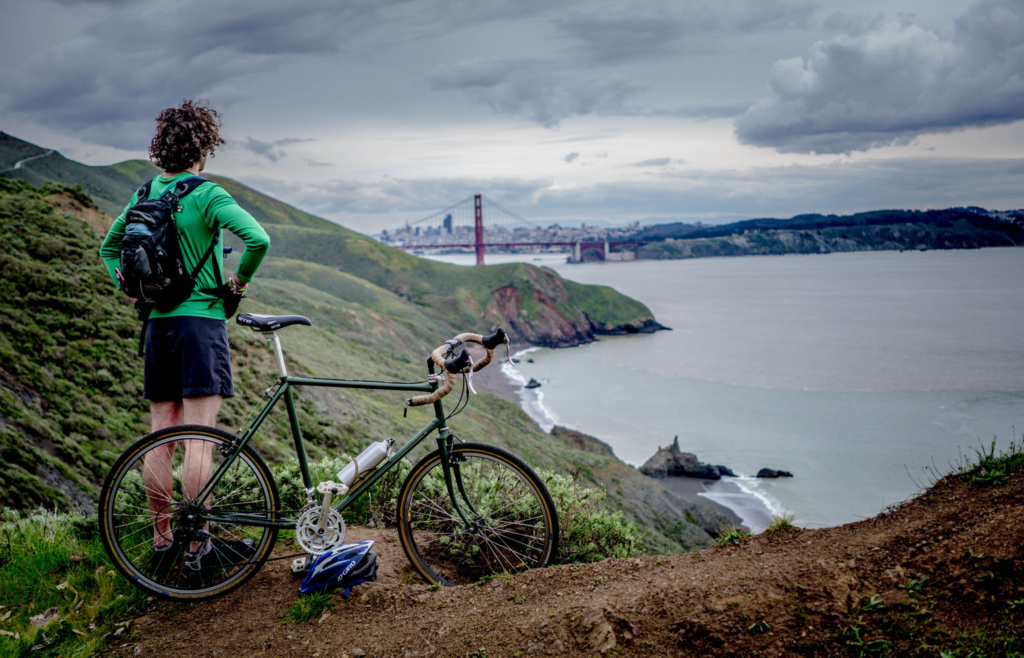
What infrastructure do you need?
Are you happy to carry all of your gear, or do you expect to find everything you need (including a luggage shuttle service) at your destination? Do you want to ride on well-maintained, smooth bike paths, lined with facilities catering to cyclists? Or would you prefer to be a lone rider, exploring more rugged and isolated territory?
Are you travelling alone?
In general, popular cycling destinations in season are better for solo travellers, while groups may want to steer clear of hotspots.
The Route
Congratulations, you’ve figured out the perfect destination for your self-planned cycling holiday. Now you need to map out the route, which can only mean one thing: time for another checklist!
How fit are you? And how fit do you want to become?
Do you want to spend all your time in the saddle, or are you planning to relax and enjoy some downtime? There’s nothing wrong with pushing yourself a little, but there’s no point in getting wildly ambitious on paper and ending up miserable and exhausted in practice. If the route you plan exceeds the distances you are currently used to cycling, make sure you train in advance of your holiday.
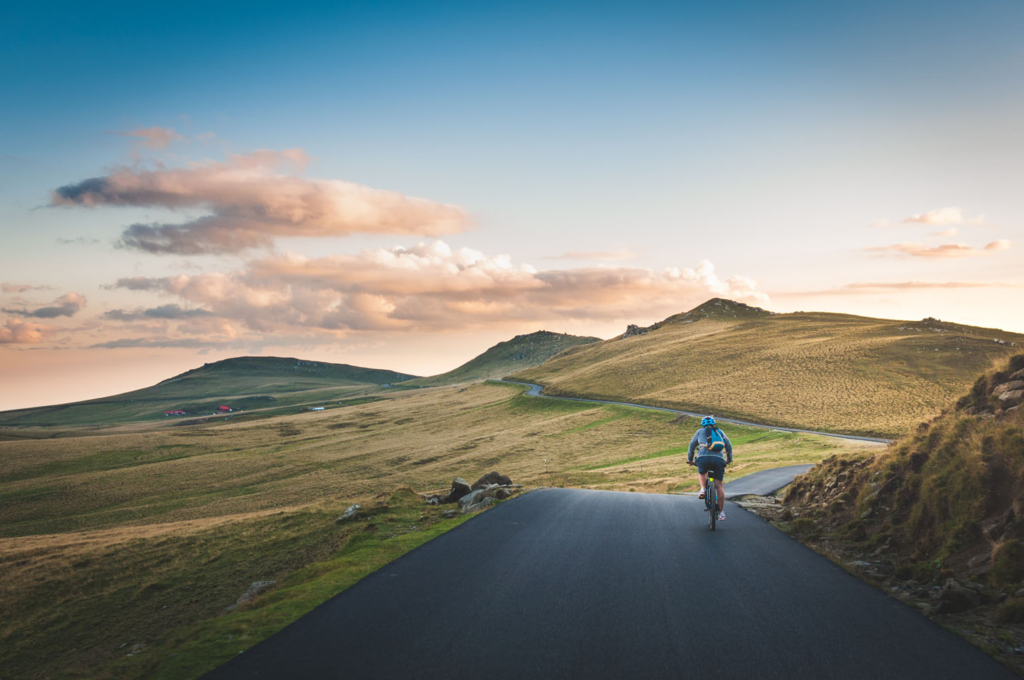
How far do you want to go each day?
As a rule of thumb, anywhere between 50-100 km is a good distance to travel in one day. Ideally, start with a shorter distance on day one, slowly increase it day by day, and reduce it again towards the end of your trip. Make sure the distance you plan to cover is realistic for you. Online route planners make it easy to check elevation changes along a route, so make sure you factor in hilly stretches or challenging climbs, too.
The Accommodations
There are two basic accommodation decisions you need to make in the early stages of planning:
One-way trip or fixed home base?
If you are staying in one place for the entire holiday, it’s worth going deep on research. Choose bike-friendly hotels, equipped with all the amenities you may need for bike maintenance and recuperation on rest days. They will also have knowledgeable staff on site to help you plan day trips, significantly easing the pressure to plan out all your routes in advance. This is the perfect setup for popular island destinations like Mallorca, Cyprus or Corsica.
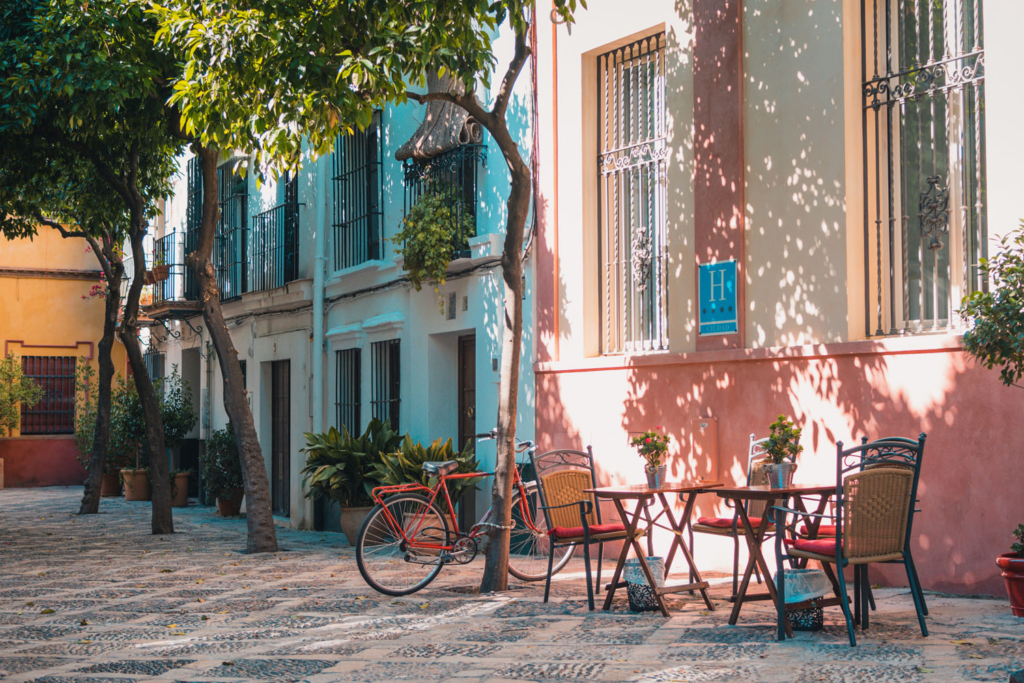
Book ahead or stay flexible?
If you prefer to cover a larger distance and keep moving forward, do you want to book ahead to snag the best accommodation or would you prefer to stay flexible and find a place to stay each day? The former is a must in high season and advisable if you’re picky about your accommodation options. On the other hand, it’s great to have the option to finish up early and check into a charming guest house along the way if you’ve had enough, or keep cycling a little longer if you’re having a good day. Staying flexible also allows you to hang out longer in places you enjoy, or take a detour on the advice of locals who share invaluable insider tips with you. Just be honest with yourself and only choose this option if you are the spontaneous type (this should also apply to any others travelling in your group).
The Bike
Ask two cycling enthusiasts whether you should bring your own bike on a trip, and you’ll probably get three different answers. The only ways to avoid this difficult decision are: a cycling holiday that begins and ends on your own doorstep, a drive-and-ride road trip, or a destination that’s accessible by rail. If you’re flying, you’ll have to calculate the cost of renting a bike at your destination and compare it to the cost of adding a bike to your luggage. The former is usually less effort, but you can’t be certain the rental bike is up to your own standards. The latter is a lot more hassle and comes with the risk of damaging your bike in transit. There is no right or wrong decision, but make sure you weigh up all your options.
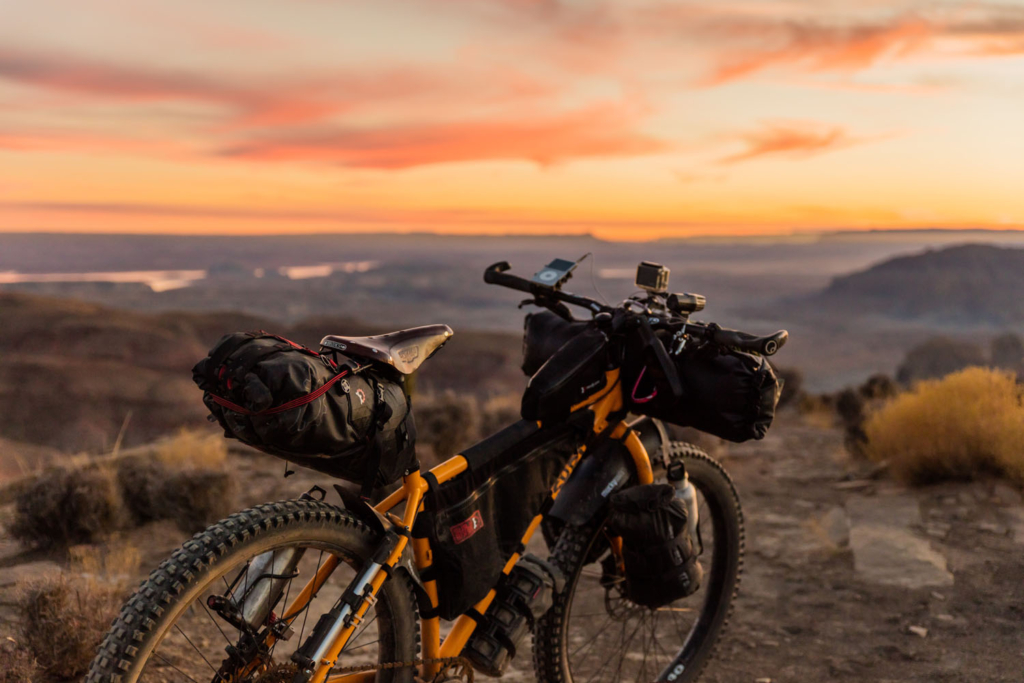
The Gear
What to pack for a bike trip is almost as individual as any other packing advice. It depends on where you’re going, what kind of bike you’re riding, where you’re staying and how athletically ambitious you want to get. Nevertheless, here are some pointers:
Layer Up
No matter where you go, there will be some variation in temperatures, wind and weather, so layer up with thin, adaptable items.
Go For Functional Fabrics
All jokes about Lycra aside, there’s a reason why cyclists dress the way they do. If you’re spending several days in the saddle, there’s no avoiding the colourful sheen of functional fabrics that dry quickly, fold up easily and can be rinsed and drip-dried over a hotel bathtub at night if needed.
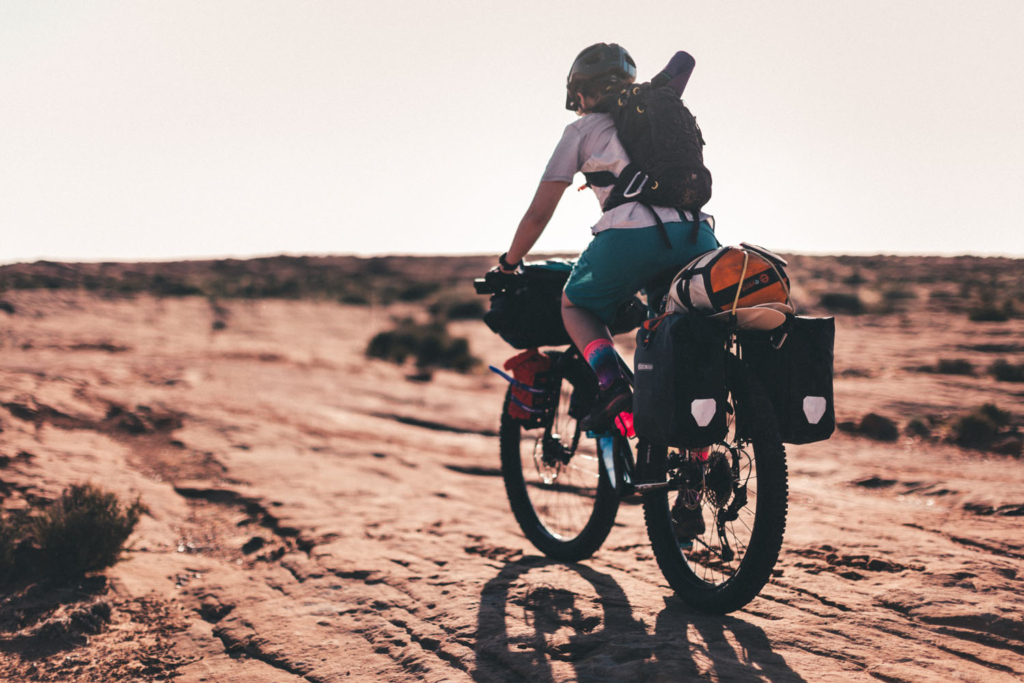
Pack Multitaskers
A sports bra that can pass for a bikini top? A monochrome tank top that won’t attract funny looks if you wear it to the beach bar in the evening? In addition to your bike gear, make sure you pack a range of clothes for dressing down and up once you’re done with your day in the saddle. A plain white tee, simple sneakers, a scarf/sarong hybrid that works at the pool or a restaurant, a cardigan for cool evenings… just make sure everything you pack mixes and matches easily and can be repurposed.
Don’t Forget Your Bike Kit
Even if all the essential tools are available at hotels or shops along your route, make sure you have a tiny emergency kit on you at all times.

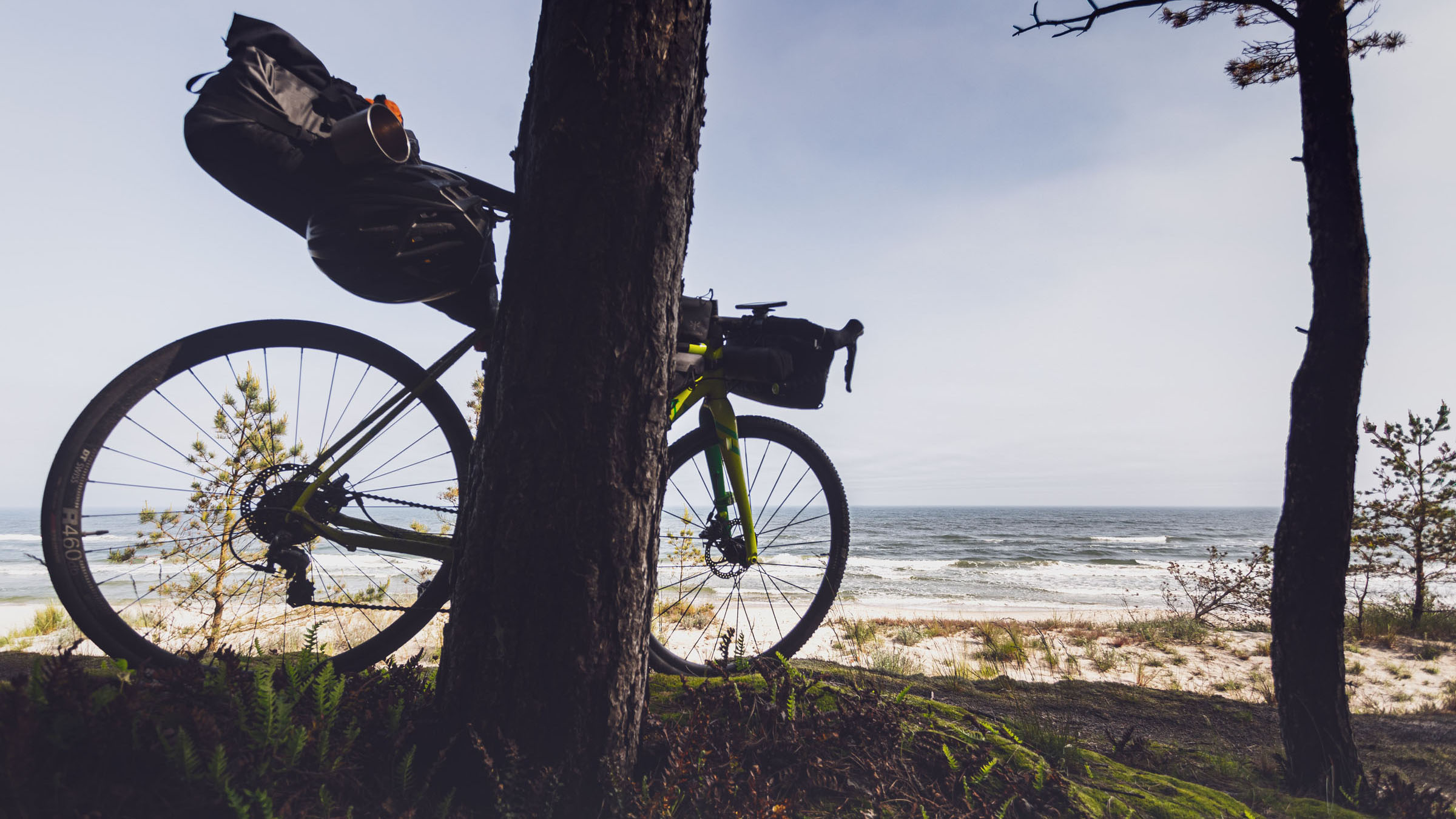


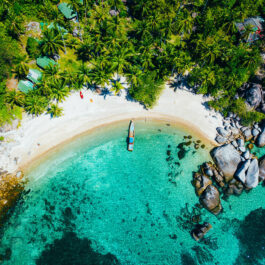
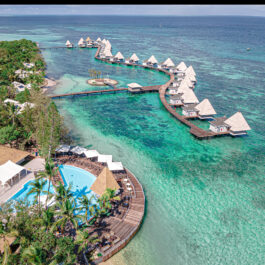
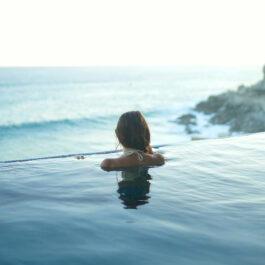



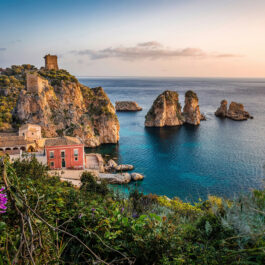


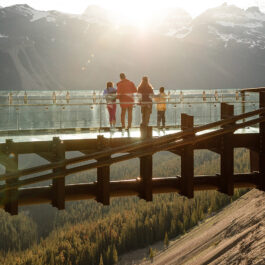
Sorry, the comment form is closed at this time.